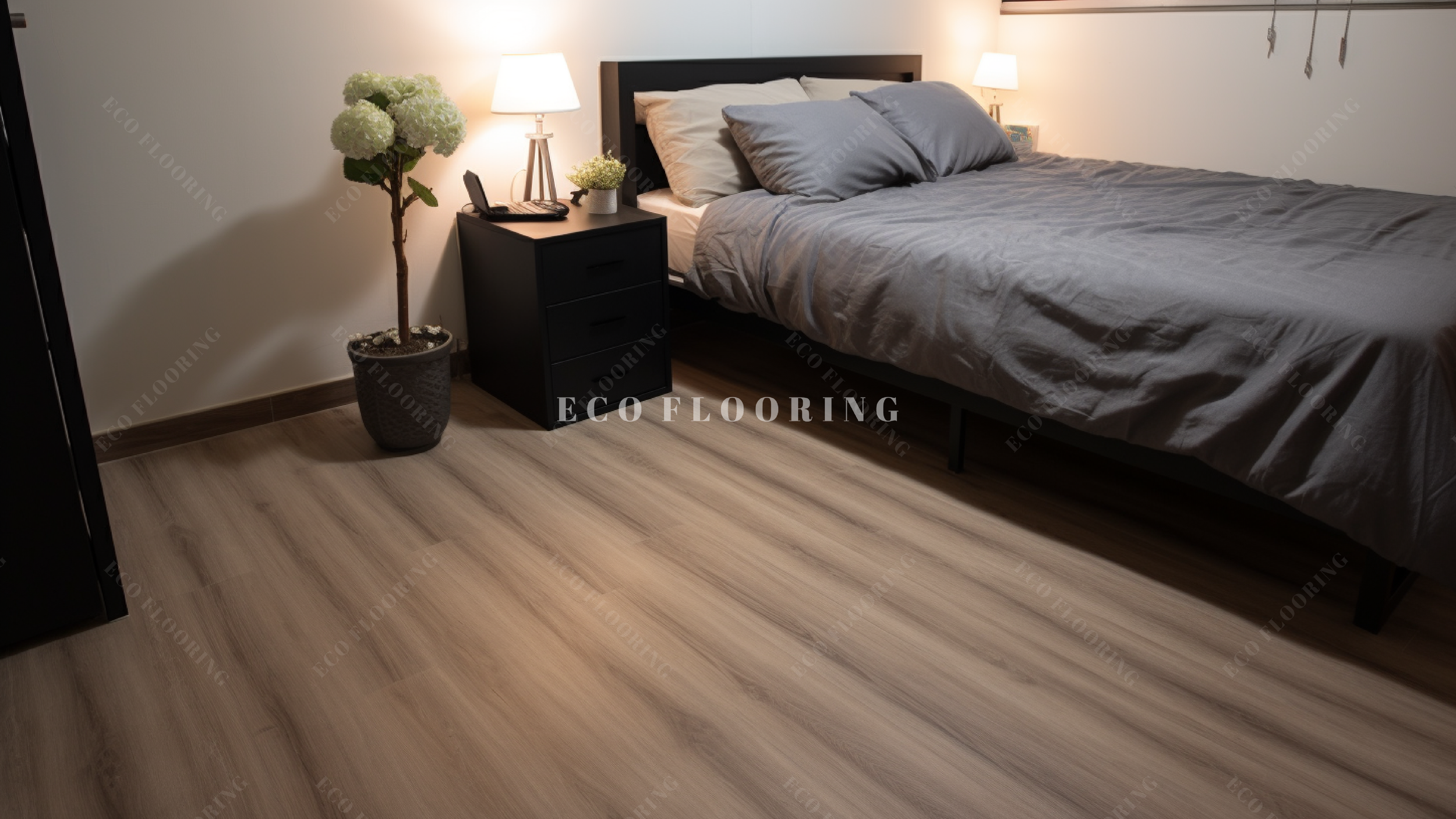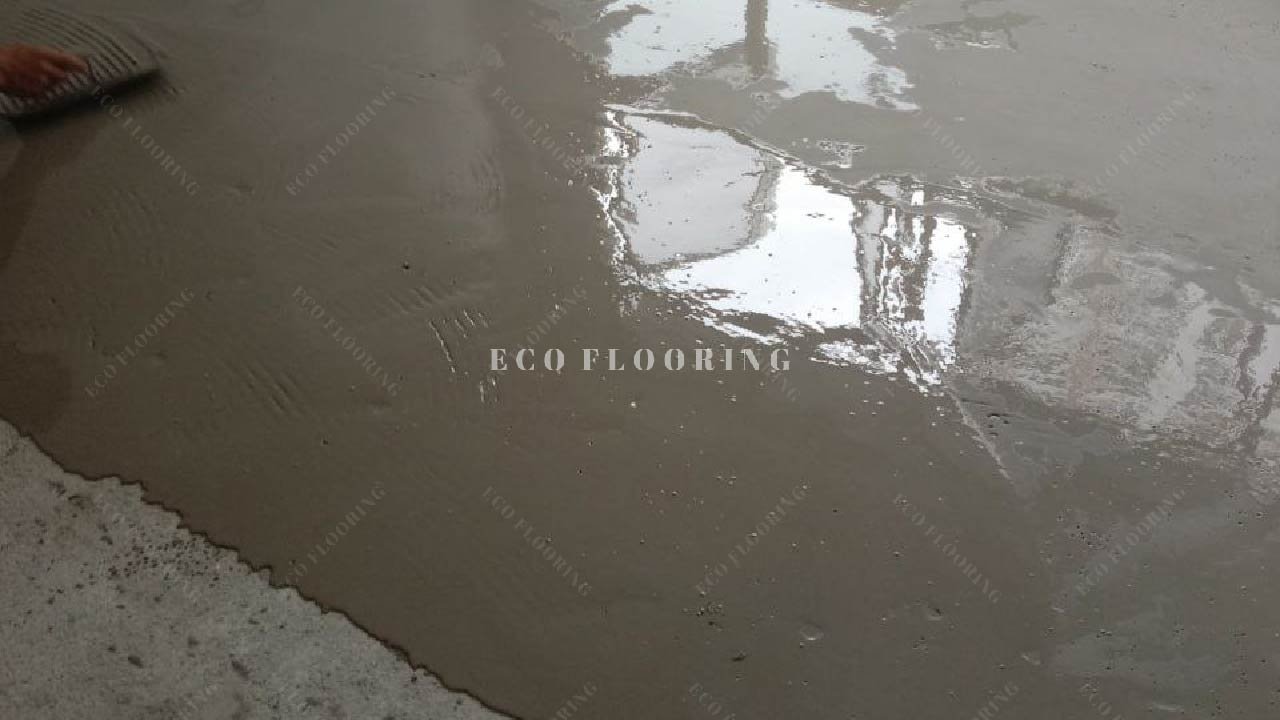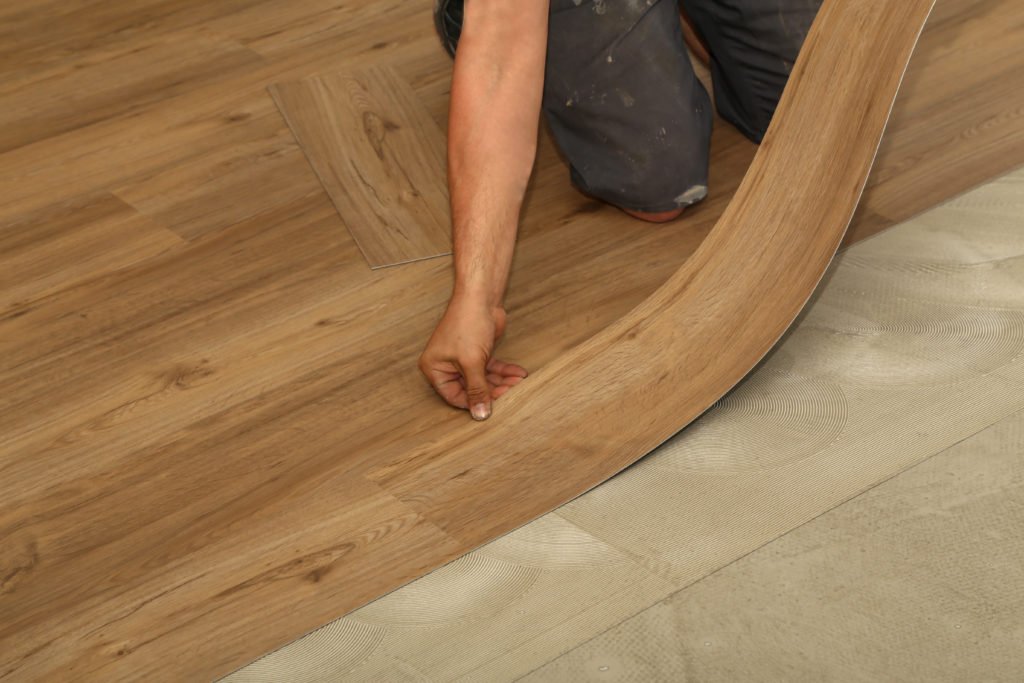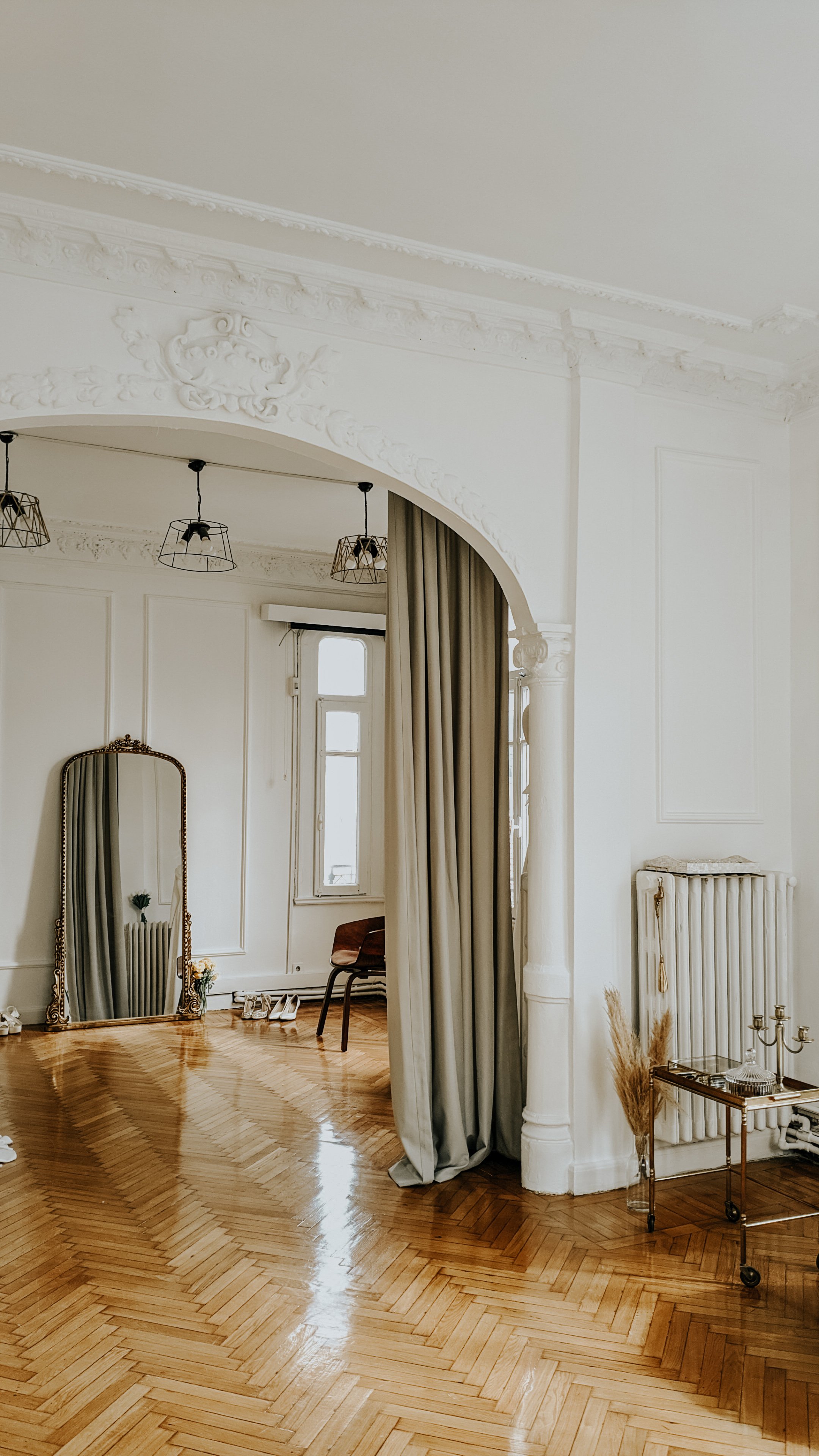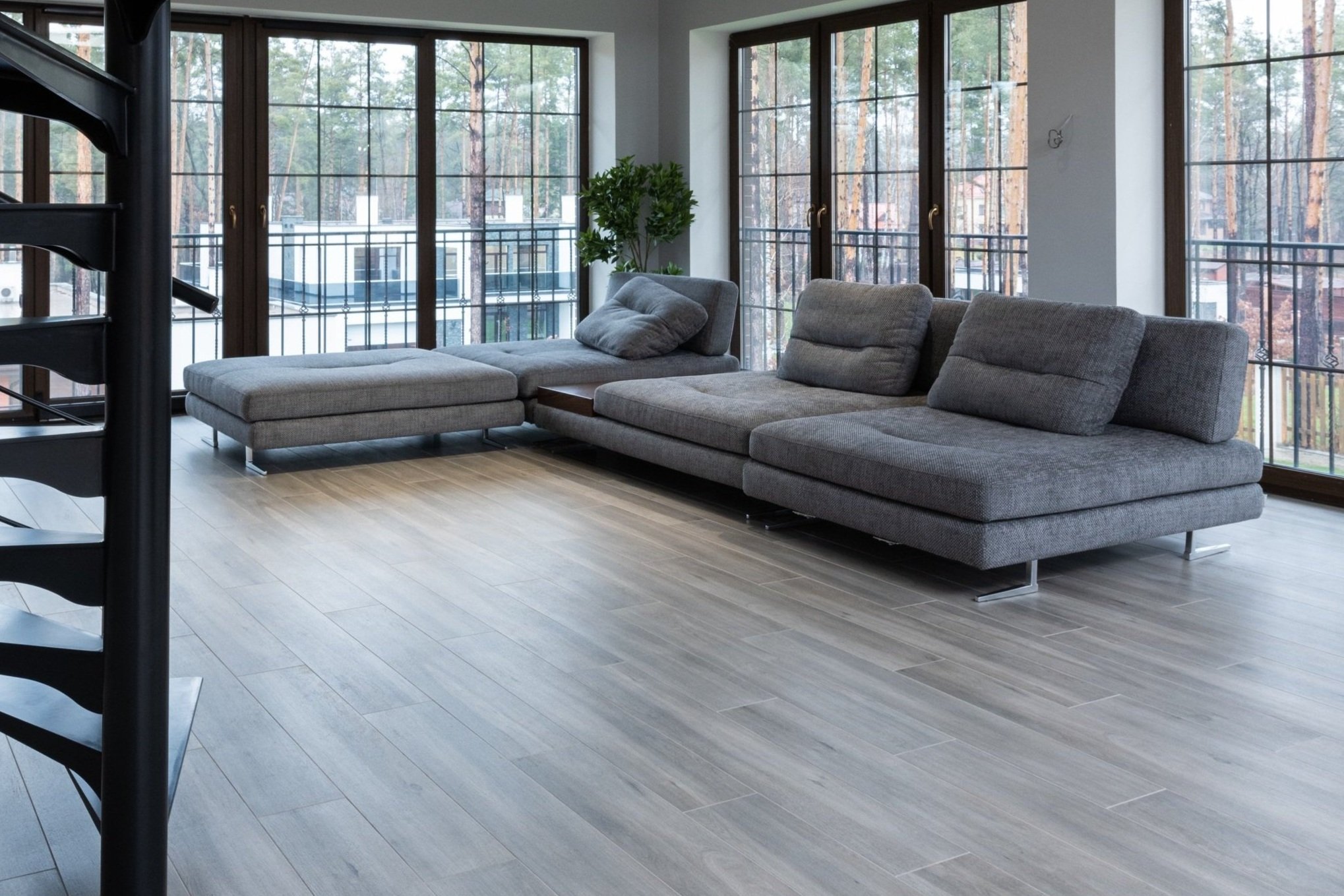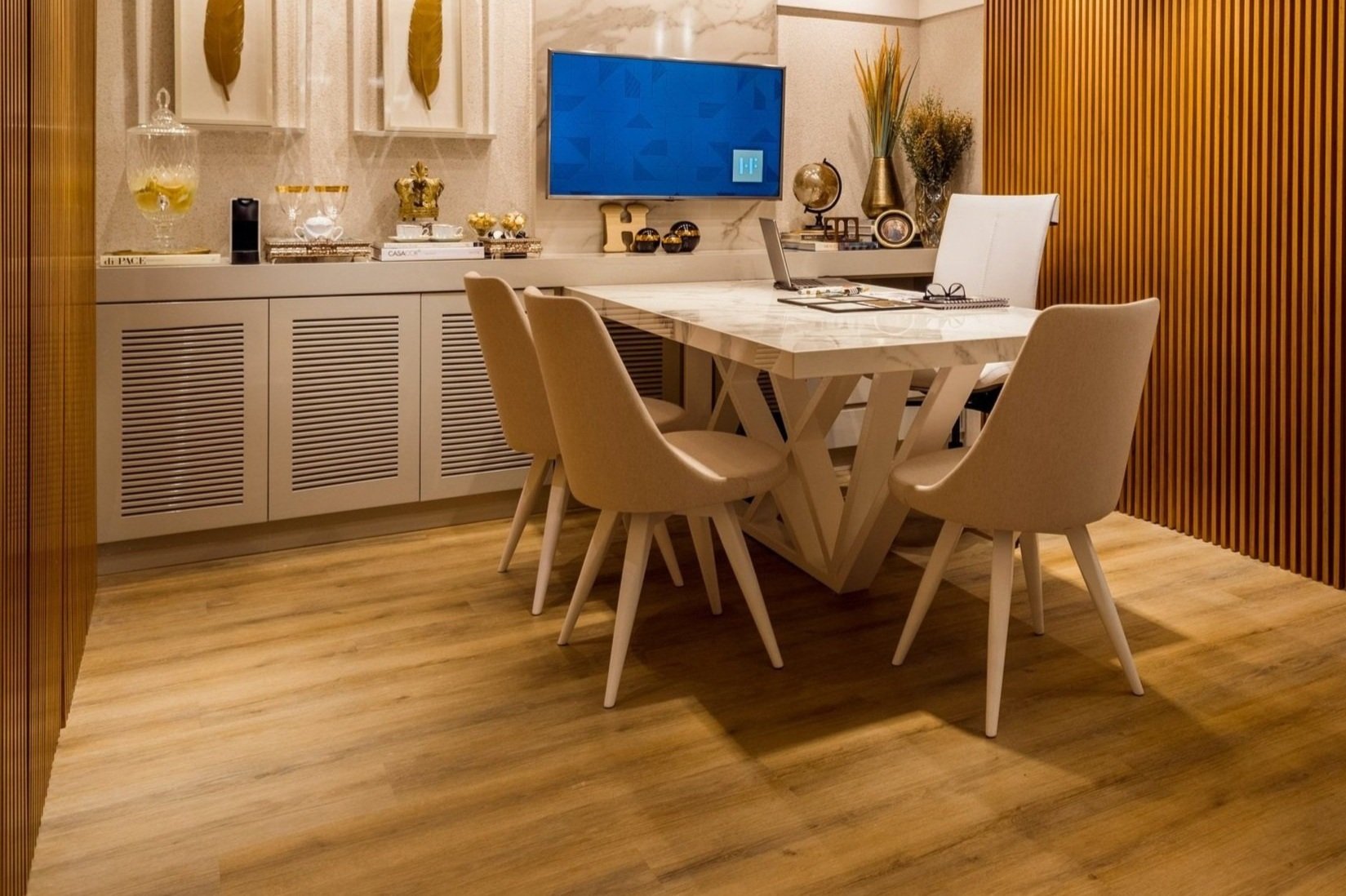Retail spaces in Singapore require durable, attractive, and cost-effective flooring solutions to create a welcoming and lasting impression on customers. Vinyl flooring has emerged as a popular choice for these businesses, offering a range of benefits that make it an ideal option for retail spaces. In this article, we will explore the versatility and durability of vinyl flooring and why it's the preferred choice for retailers in the bustling city of Singapore.
Versatility and Aesthetic Appeal
One of the key advantages of vinyl flooring for retail spaces is its incredible versatility. It comes in a wide variety of styles, colors, and patterns, allowing retailers to choose a flooring option that perfectly aligns with their brand image and store aesthetics. Whether you want a sleek, modern look or a more rustic appearance, vinyl flooring can be customized to suit your needs.
Moreover, vinyl flooring can mimic the appearance of natural materials such as wood, stone, or tile, without the associated maintenance challenges. This ability to replicate high-end materials at a fraction of the cost makes it an attractive option for businesses seeking to create a visually appealing interior.
Durability and Low Maintenance
Retail spaces in Singapore witness high foot traffic daily, making durability a top priority. Vinyl flooring is known for its exceptional resilience. It can withstand the wear and tear of a busy retail environment, including the movement of heavy shopping carts and frequent customer footfall. This durability ensures that the flooring remains attractive and functional for an extended period.
In addition to being robust, vinyl flooring is also easy to maintain. Regular cleaning with a mop or a simple sweep can keep it looking pristine. This ease of maintenance is a significant benefit for retailers who need to maintain a clean and appealing space without excessive time and effort.
Water Resistance
Singapore's tropical climate can sometimes lead to unexpected spills and increased humidity. Vinyl flooring, unlike some other flooring options, is water-resistant. This feature helps protect the flooring from water damage, making it particularly suitable for retail spaces where spills or high humidity are common.
Affordability and Cost-Effectiveness
Vinyl flooring is an affordable choice for retailers in Singapore. It offers a cost-effective solution that doesn't compromise on quality or aesthetics. The combination of low upfront costs and minimal maintenance expenses makes it a financially sound investment.
Ease of Installation
Vinyl flooring is known for its straightforward installation process. Retailers can save time and minimize disruptions to their business operations during the installation phase. The ability to install vinyl flooring quickly is a significant advantage, especially for businesses with limited downtime.
Vinyl flooring has proven itself as a versatile, durable, and cost-effective flooring solution for retail spaces in Singapore. Its aesthetic appeal, low maintenance requirements, water resistance, and affordability make it the go-to choice for many retailers in the city-state.
With its ability to replicate the appearance of high-end materials and its suitability for high-traffic areas, vinyl flooring provides the perfect foundation for a welcoming and long-lasting retail environment. If you're a retailer in Singapore looking for a flooring solution that combines style with functionality, consider vinyl flooring as your top choice. It's a wise investment that will serve your business well for years to come.









